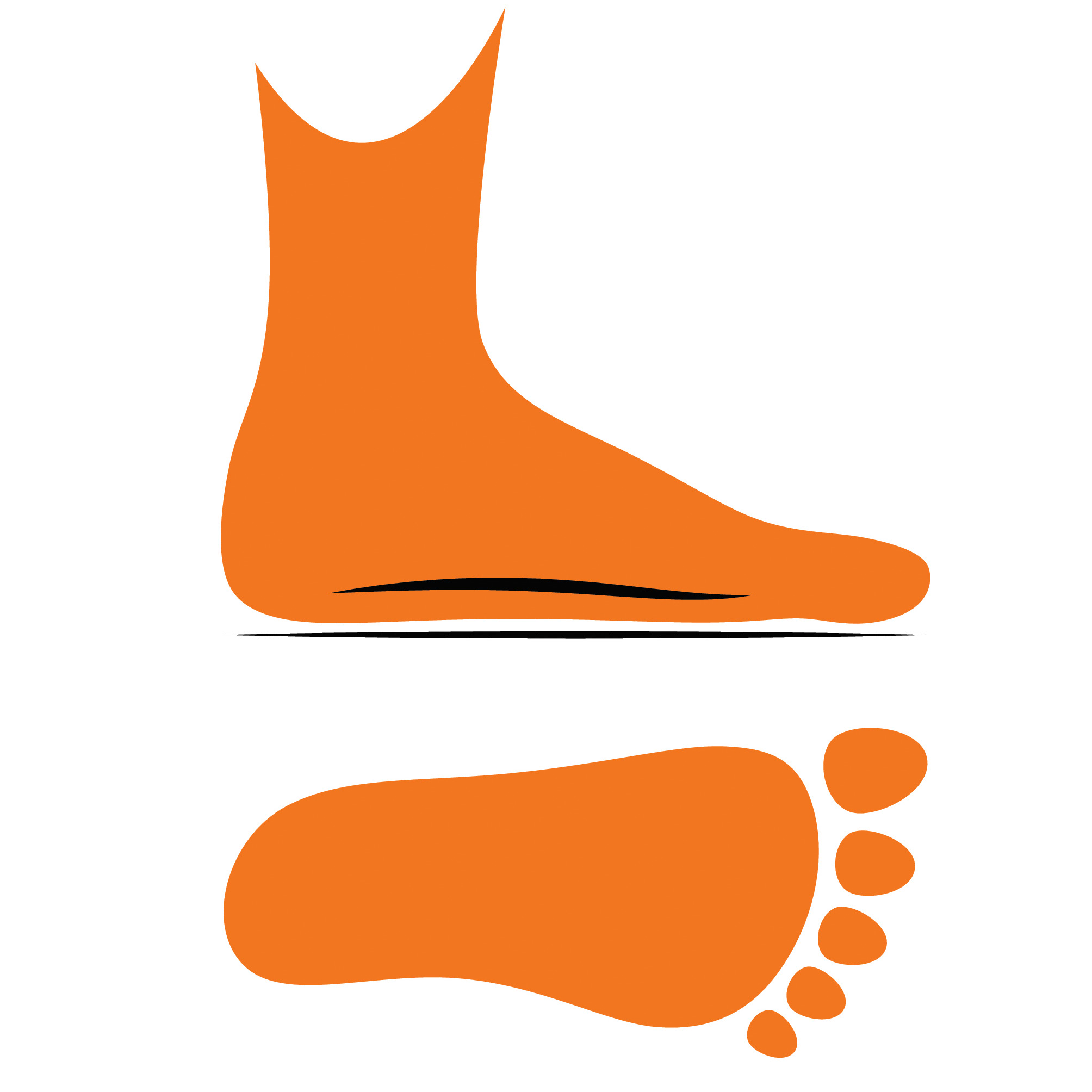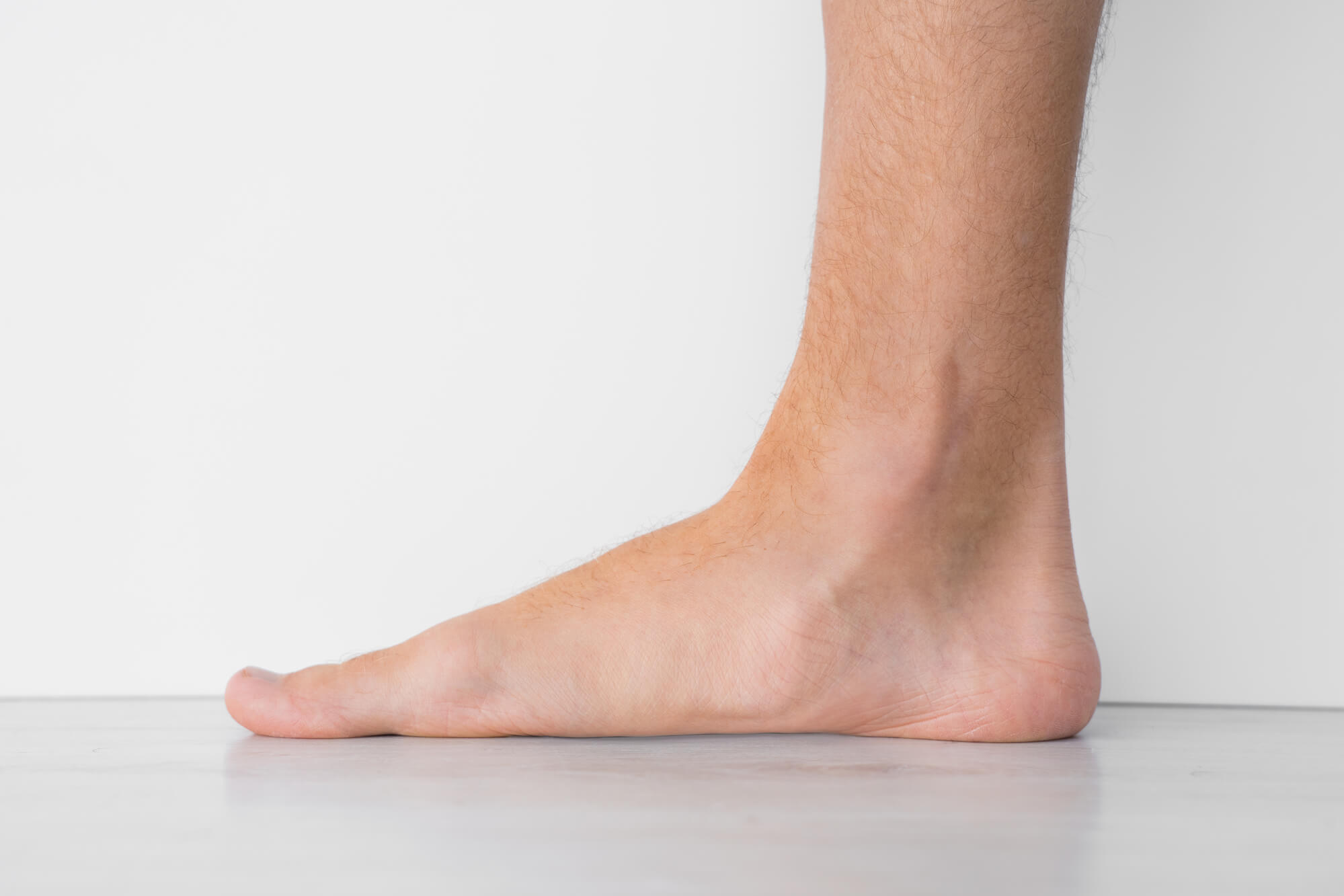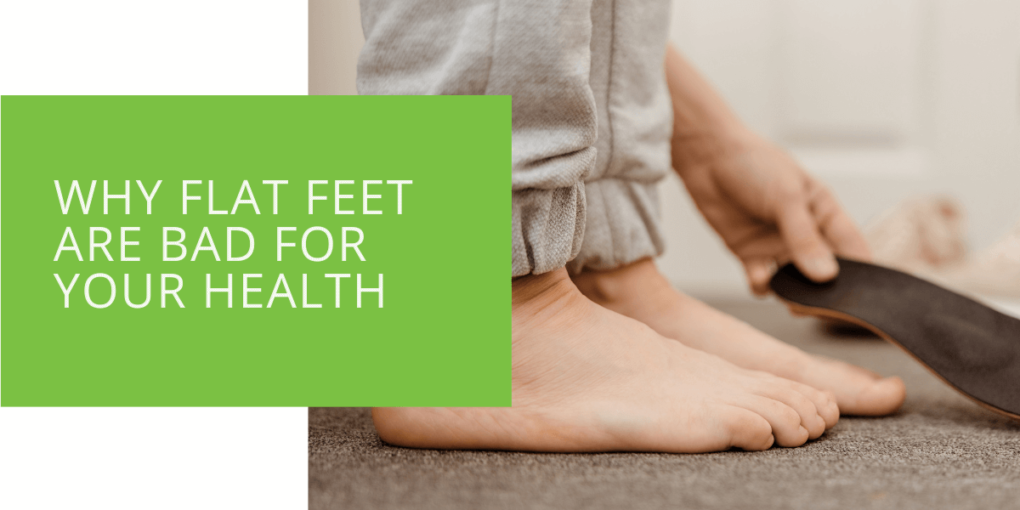Why Flat Feet are Bad for Your Health
Flat feet, also known as fallen arches or flatfoot, is a common condition that affects many people. According to podiatrists, flat feet can lead to a variety of health problems, including foot pain, shin splints, plantar fasciitis, and even lower back pain. In this article, we will explore the causes, risks, and treatment options for flat feet, and offer advice on how to prevent this condition from developing.
What Causes Flat Feet?
Flat feet occur when the arches of the feet collapse, causing the entire sole of the foot to come into contact with the ground. This can be caused by a variety of factors, including genetics, injuries to the foot and ankle, and natural wear and tear on the tendons and ligaments over time. In some cases, flat feet can also be caused by arthritis or other conditions that affect the joints and bones of the foot and ankle.
What Are the Risks of Flat Feet?
Podiatrists warn that flat feet can lead to a variety of health problems, including foot pain, shin splints, plantar fasciitis, and even lower back pain. This is because when the arches of the feet flatten, the foot is no longer able to absorb shock when walking or running properly. This can cause excessive pressure on the foot and ankle, leading to a range of painful conditions.

Common Problems Associated with Flat Feet
Flat feet can lead to a variety of foot and ankle problems. Some of the most common problems associated with flat feet include:
Plantar Fasciitis
Plantar fasciitis is a condition that causes pain in the heel and bottom of the foot. It occurs when the plantar fascia, a ligament that runs from the heel to the ball of the foot, becomes inflamed. Flat feet can contribute to the development of plantar fasciitis by placing excessive strain on the ligament. Symptoms of plantar fasciitis include heel pain that is typically worse in the morning and after periods of inactivity.
Shin Splints
Shin splints are a condition that causes pain and inflammation in the muscles and tendons of the lower leg. People with flat feet are at a higher risk of developing shin splints because of the increased strain on the muscles and tendons in the lower leg. Symptoms of shin splints include pain, tenderness, and swelling in the lower leg.
Achilles Tendonitis
Achilles tendonitis is a condition that causes pain and inflammation in the Achilles tendon, which runs down the back of the leg and connects the calf muscle to the heel bone. People with flat feet are at a higher risk of developing Achilles tendonitis because of the increased strain placed on the tendon. Symptoms of Achilles tendonitis include pain and stiffness in the back of the ankle.
Bunions
Bunions are a bony bump that forms on the joint at the base of the big toe. They can be painful and cause the toe to turn inward. People with flat feet are at a higher risk of developing bunions because the excess pressure on the foot can cause the big toe to shift out of alignment. Symptoms of bunions include pain, swelling, and redness around the joint of the big toe.
Hammertoes
Hammertoes are a condition that causes the toes to become bent and curled, often resulting in pain and difficulty walking. People with flat feet are at a higher risk of developing hammertoes because the excess pressure on the foot can cause the toes to become deformed. Symptoms of hammertoes include pain, swelling, and difficulty straightening the affected toes.
In addition to foot and ankle problems, flat feet can also lead to pain and discomfort in other parts of the body, such as the knees, hips, and lower back. This is because flat feet can cause the legs to turn inward, which can affect the alignment of the entire body. If left untreated, flat feet can lead to chronic pain and mobility issues. Therefore, it's important to seek the advice of a podiatrist if you are experiencing foot pain or suspect you may have flat feet.

Diagnosis and Treatment of Flat Feet
If you think you may have flat feet, a podiatrist can diagnose the condition by examining your feet and performing a series of tests. This may include taking an x-ray of your feet to see the bones and joints, or having you walk across a pressure plate to assess how your weight is distributed across your feet.
If you are diagnosed with flat feet, several treatment options may be recommended by your podiatrist. These may include:
- Custom Orthotics: These are specially designed insoles that can be placed inside your shoes to provide extra support for your feet and ankles.
- Physical Therapy: A podiatrist may recommend physical therapy to help strengthen the muscles and tendons in your feet and ankles.
- Surgery: In severe cases of flat feet, surgery may be necessary to realign the bones and ligaments of the foot and ankle.
Preventing Flat Feet
While flat feet can be caused by a variety of factors, there are several steps you can take to prevent this condition from developing. These may include:
- Wearing Supportive Footwear: It is important to wear shoes that provide proper arch support and cushioning to help absorb shock when walking or running.
- Stretching: Regular stretching of the muscles and tendons in the feet and ankles can help prevent them from becoming tight and rigid.
- Maintaining a Healthy Weight: Carrying excess weight can put excess pressure on your feet and ankles, increasing the risk of developing flat feet.
- Taking Breaks from Standing or Walking: If you spend a lot of time on your feet, it's important to take regular breaks to rest and stretch your feet and ankles.
- Avoiding High-Impact Activities: Activities such as running or jumping can put a lot of stress on your feet and ankles, increasing the risk of developing flat feet.
Conclusion
Flat feet are a common condition that can lead to a range of health problems, including foot pain, shin splints, and even lower back pain. If you think you may have flat feet, it's important to seek the advice of a podiatrist who can diagnose the condition and recommend appropriate treatment options. By wearing supportive footwear, maintaining a healthy weight, and taking breaks from standing or walking, you can also help prevent flat feet from developing in the first place. Don't wait until your foot pain becomes unbearable – seek the help of a podiatrist today.

